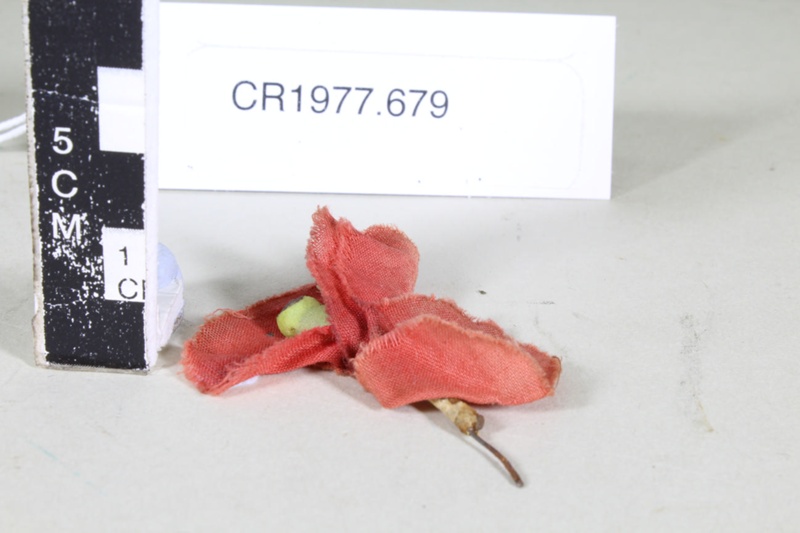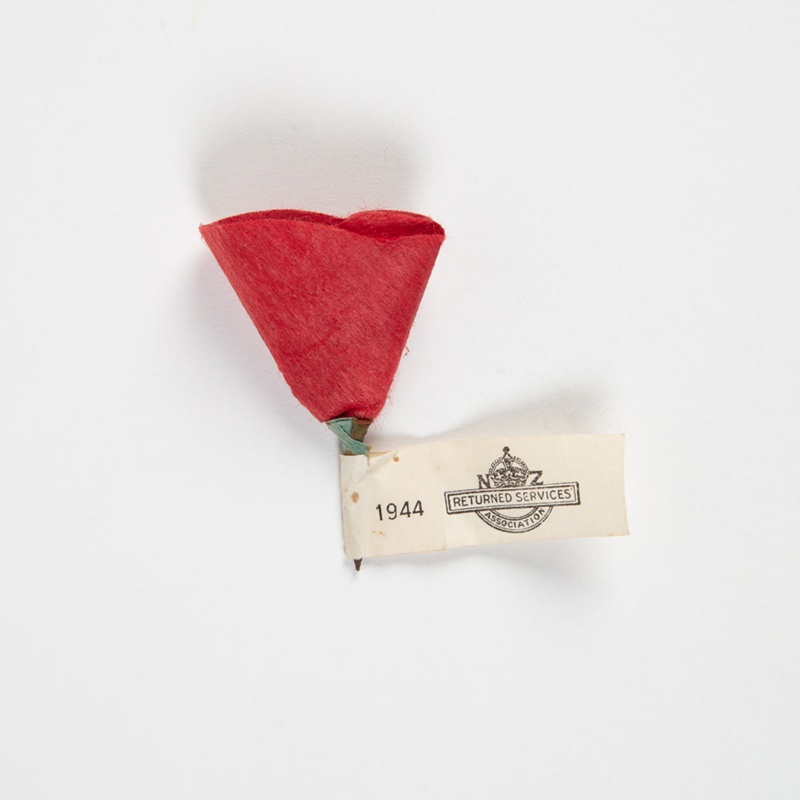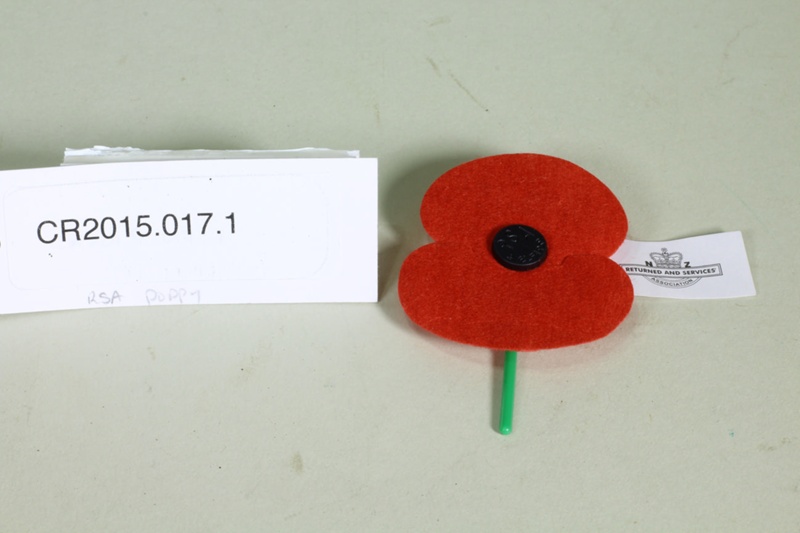By Marlene Smith, Education and Visitor Experience Leader, National Army Museum Te Mata Toa
Used as an international symbol of remembrance , poppies are worn to remember fallen soliders on Anzac day in New Zealand and Australia.
Every Anzac-day, we see bright red poppies adorning the chests of people looking to mark this day, though the story behind the poppy is sometimes lost.
The poppy became a marker of this time thanks to a Canadian doctor/poet and a battlefield called the Western Front.
In Europe many soldiers fought on the Western Front which was a line that ran from the North Sea to Switzerland on the French border. The allied forces - Great Britain, Ireland, France, Australia, New Zealand, India, Italy, New Foundland, Canada, United States, and Russia - fought along this line as the Germans tried to push their way through to France. In the winter it was wet, muddy, cold, and sometimes frozen. Life in the trenches was horrible.
Because of all of the bombs and soldiers stirring up the dirt and the mud, many poppies started to flower in a place called Flanders. This was an area where many soldiers had died and were buried. A Canadian doctor wrote a poem for his friend who had been killed and the poppies were part of his inspiration. This is why the poppy is used as a symbol of remembrance.
Accidental Poppy Day
A poppy fundraising day takes place in New Zealand the Friday before Anzac Day each year. You might not know the connection between poppies and Anzac day started accidentally!
The original order of poppies to be sold in New Zealand was late arriving here. They were supposed to be here for Armistice Day in 1920, (November 11th) but the ship from England was late. The poppies were to be sold to raise funds to support returned soldiers and their families. Rather than wait until the next November 11th, the decision was made to sell them during the week leading up to the 25th of April - one of New Zealand’s most memorable days in WWI.
This kete | set highlights some of the poppies that have been shared on Kōtuia from collections across Aotearoa.
Poppy Day collecting
Early examples
60s, 70s, 80s
Modern design
Poppy craft
-
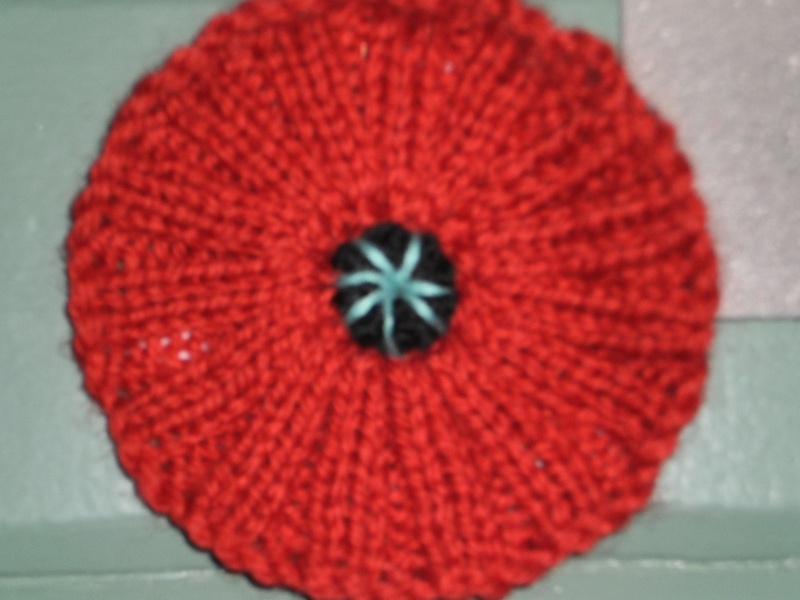
taonga | item
Knitted Poppies Created for WW100 exhibition by Pat MacDonald of Paekakariki 15 February 2015 11 Number
Paekakariki Station Museum
-

-
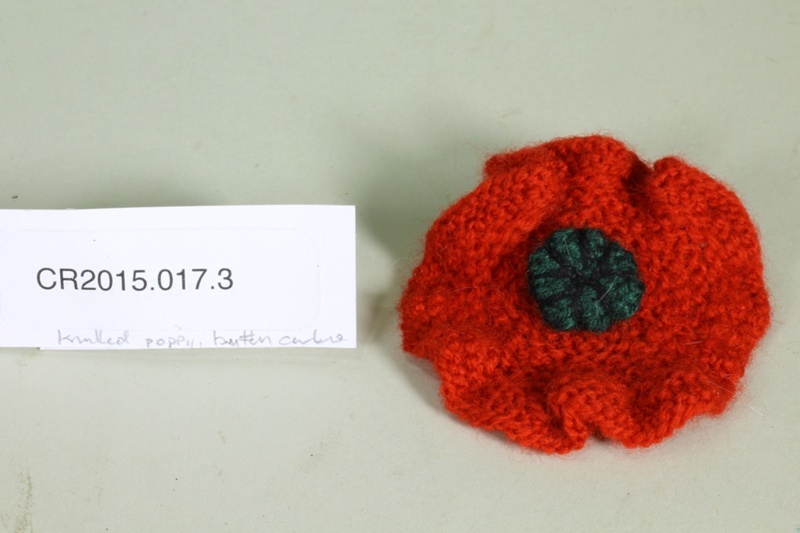
-

Students can explore this topic further in the National Army Museum Living Through History Anzac worksheet for years 4-6.
https://www.armymuseum.co.nz/wp-content/uploads/2021/08/2021_LivingThroughHistory_Anzac456.pdf




